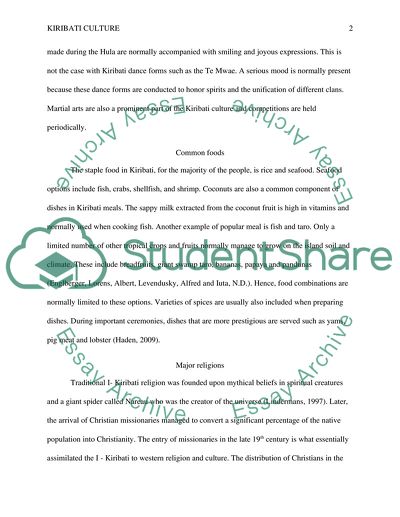Cite this document
(“History of Kiribati Culture Research Paper Example | Topics and Well Written Essays - 1000 words”, n.d.)
History of Kiribati Culture Research Paper Example | Topics and Well Written Essays - 1000 words. Retrieved from https://studentshare.org/culture/1594546-history-of-kiribati-culture
History of Kiribati Culture Research Paper Example | Topics and Well Written Essays - 1000 words. Retrieved from https://studentshare.org/culture/1594546-history-of-kiribati-culture
(History of Kiribati Culture Research Paper Example | Topics and Well Written Essays - 1000 Words)
History of Kiribati Culture Research Paper Example | Topics and Well Written Essays - 1000 Words. https://studentshare.org/culture/1594546-history-of-kiribati-culture.
History of Kiribati Culture Research Paper Example | Topics and Well Written Essays - 1000 Words. https://studentshare.org/culture/1594546-history-of-kiribati-culture.
“History of Kiribati Culture Research Paper Example | Topics and Well Written Essays - 1000 Words”, n.d. https://studentshare.org/culture/1594546-history-of-kiribati-culture.


